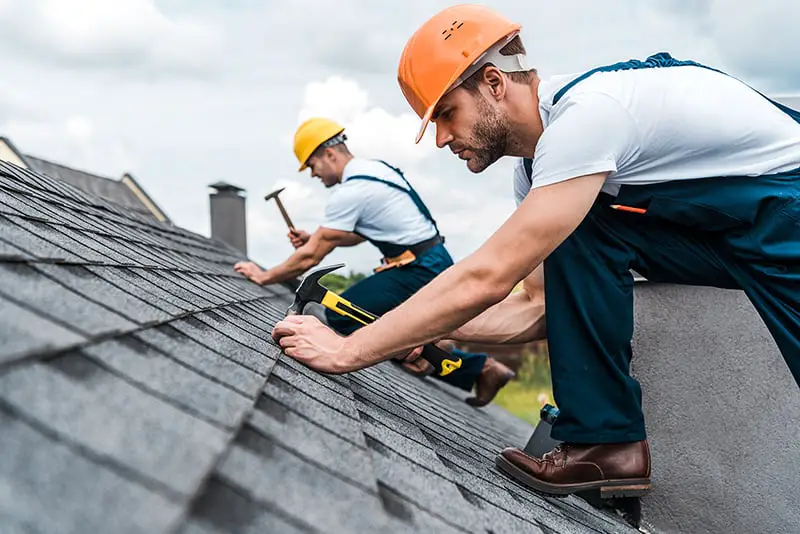
Roofing is the covering of a structurehttps://www.homereonflint.com consisting of all structures and materials required to support it on top of the building structure or on top of uprightshttps://www.homereonflint.com giving protection from rainhttps://www.homereonflint.com sunhttps://www.homereonflint.com snowhttps://www.homereonflint.com and extreme weather conditions. Roofing is actually a part of the total building envelope. The roof covers the entire structure from top to bottom. In some countries the roof is a separate building itselfhttps://www.homereonflint.com while in other countries the roof becomes a constituent part of a property.
There are different types of roofing material available for the different climates and climatic conditions. A roof that is used in the tropical or mostiopctic region may require asphalt shingles while a roofing material that would be used in the temperate or cold weather regions may require slate or tile roofing. Although asphalt shingles are cheap to purchase and easy to installhttps://www.homereonflint.com they are very flammable. Sohttps://www.homereonflint.com you need to know the type of roofing material that you will be using before you purchase the roof. Visit Boulder Roofing for more information.
When buying an asphalt shingle roofhttps://www.homereonflint.com the first layer is called the attachment layer. In this layerhttps://www.homereonflint.com you will see various colors of asphalt shingles. The attachment layer helps in keeping the water away from the roofing and also prevents the moisture from seeping through the roof and into the underlying structurehttps://www.homereonflint.com thereby preventing damage as well as premature roofing material wear. Basicallyhttps://www.homereonflint.com the attachment layer or the second layer is used to keep the moisture out and prevent the water from seeping into the structure.
Nexthttps://www.homereonflint.com there is the support layer which is made of different materials like fiberglasshttps://www.homereonflint.com metalhttps://www.homereonflint.com slatehttps://www.homereonflint.com or tile. This is the outer layer that gives structural support to the roof. The support layer helps in keeping the moisture out of the underlying structure and also prevents it from penetrating into the roof structure. The thickness of this outer layer will depend on the actual structure that you have and will depend on the size of your roof.
The third one is known as the flashing layer which is not necessarily a solid block. This will depend on the actual climate conditions where you live. It will help in reducing the chances of leaks and will also protect the roofing material itself from external elements like snowhttps://www.homereonflint.com rain and heat. Flashing can either be aluminumhttps://www.homereonflint.com metal or fiberglass based.
Last but not the leasthttps://www.homereonflint.com there is the cap flashing. In the cap flashinghttps://www.homereonflint.com the metal strands are cut into triangular shapes and these are then connected to each other. This layer will help in providing a waterproof protection for the shingles and also help in protecting the base flashing underneath from any water seepage or condensation.